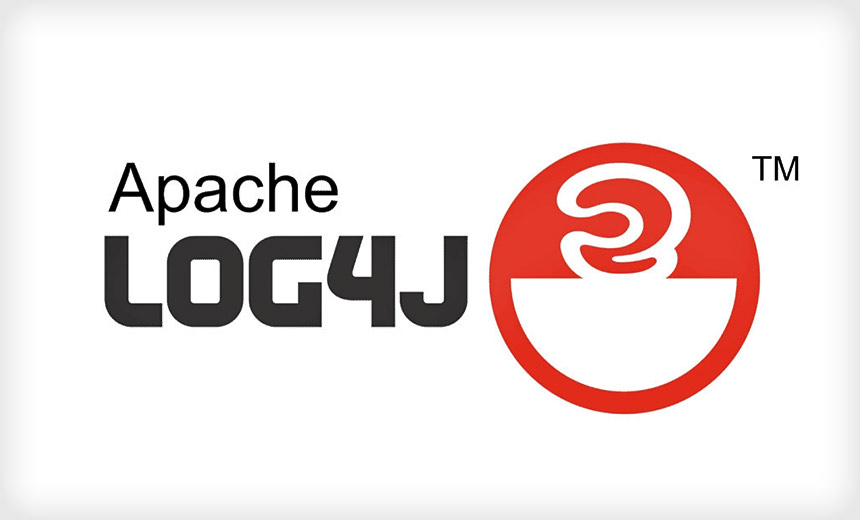Everyone likes to talk sustainability, but who takes responsibility?

It’s no longer enough to rely upon a small pool of employees to drive, inform
and implement widespread change. Meeting these ambitious targets will only be
possible if they are accompanied by a top-down mentality to change alongside a
groundswell of employee support. Ultimately, responsibility for change needs to
fall under the remit of the entire workforce, not just one individual. At the
heart of this is ensuring that the sustainability function is not siloed from
the rest of the business, acting as its own separate entity with different KPIs
or activations. To be successful, it needs to permeate the wider business and
encourage others to embrace a ‘sustainability by design’ mindset with new
policy, direction and solutions. At first, this might mean that meetings should
have a dedicated sustainability champion, whether that is the CEO or Chief
Sustainability Officer, as outlined in the above research, or another
individual, who knowledge-shares, coaches other employees and ensures the
business is on track against its targets.
Log4j: Belgian Defense Ministry Reports it Was 'Paralyzed'

The ministry told the Belgian newspaper that the cyberattack stemmed from
Apache's Log4j - which provides logging capabilities for Java applications and
is widely used, including for Apache web server software. Belgian Commander
Olivier Séverin also told the outlet, "All weekend our teams have been mobilized
to control the problem, continue our activities and warn our
partners." Taking to Facebook in the wake of this recent attack, the
Ministry of Defense writes, "Due to technical issues, we are unable to process
your requests via mil.be or answer your queries via Facebook. We are working on
a resolution and we thank you for your understanding." Representatives for both
the ministry and Defense Minister Ludivine Dedonder did not respond to
Information Security Media Group's request for comment. Belgian officials also
did not elaborate on the attack's specifics with De Standaard. The Belgian
incident is one of the first high-profile attacks stemming from the Log4j
vulnerability, although cybersecurity experts have warned of active scanning and
exploitation of the remote code execution vulnerability.
Use of blockchain technology could increase human trust in AI

With advancements in technology, trust has become a vital factor in
human-technology interactions. In the past, people trusted technology mainly
because it worked as expected. However, the emergence of Artificial Intelligence
solutions does not remain the same due to the following challenges: Openness:
AI-based applications are built to be adaptive and reactive, to have an
intelligence of their own to respond to situations. Anyone can put it to good
use or apply it for nefarious purposes. Hence, people have some reservations
about trusting AI-based solutions. Transparency: One of the significant issues
impacting human trust in AI applications is the lack of transparency. AI
developers need to clarify the extent of personal data utilized and the benefits
and risks of using the application to increase trust. Privacy: AI has made data
collection and analysis much easier; however, the end-users have to bear the
brunt, as the collection of humongous amounts of data by companies worldwide may
end up jeopardizing the privacy of the user(s) whose data is being collected.
Shifting security further left: DevSecOps becoming SecDevOps

With the rising cost and complexity of modern software development practices,
businesses will increasingly require a comprehensive, fully integrated security
platform with fewer disparate tools. This platform supports pervasive, or
continuous, security because it: Starts in the design phase with threat
modeling, ensuring that only secure components are incorporated into the design.
This shifts security even further left so that DevSecOps now becomes SecDevOps
ensuring software is ‘secure by design’. Is fully integrated, but also open to
new technology plugins, to provide comprehensive coverage analyzing every
possible dimension of the code. This ‘single pane of glass’ approach empowers
security professionals and developers to understand risk, prioritize remediation
efforts, and define and monitor progress objectives across multiple dimensions.
Delivers a frictionless developer experience that enables security analysis to
meet developers where they work – within the IDE, CI/CD pipelines, code and
container repositories, and defect tracking systems.
DeepMind’s New AI With a Memory Outperforms Algorithms 25 Times Its Size

Bigger is better—or at least that’s been the attitude of those designing AI
language models in recent years. But now DeepMind is questioning this rationale,
and says giving an AI a memory can help it compete with models 25 times its
size. When OpenAI released its GPT-3 model last June, it rewrote the rulebook
for language AIs. The lab’s researchers showed that simply scaling up the size
of a neural network and the data it was trained on could significantly boost
performance on a wide variety of language tasks. Since then, a host of other
tech companies have jumped on the bandwagon, developing their own large language
models and achieving similar boosts in performance. But despite the successes,
concerns have been raised about the approach, most notably by former Google
researcher Timnit Gebru. In the paper that led to her being forced out of the
company, Gebru and colleagues highlighted that the sheer size of these models
and their datasets makes them even more inscrutable than your average neural
network, which are already known for being black boxes.
5 rules for getting data architecture right

A number of cloud experts suggest that centralizing your application data is the
right model for managing a large dataset for a large application. Centralizing
your data, they argue, makes it easier to apply machine learning and other
advanced analytics to get more useful information out of your data. But this
strategy is faulty. Centralized data is data that can’t scale easily. The most
effective way to scale your data is to decentralize it and store it within the
individual service that owns the data. Your application, if composed of dozens
or hundreds of distributed services, will store your data in dozens or hundreds
of distributed locations. This model enables easier scaling and supports a full
service ownership model. Service ownership enables development teams to work
more independently, and encourages more robust SLAs between services. This
fosters higher-quality services and makes data changes safer and more efficient
through localization.
CISA Compliance for 2022

The fact that the Federal Government is suddenly placing such a high priority on
cyber security is telling, and the directive is worth paying attention to, even
for private sector organizations. If federal agencies shore up their cyber
defenses in accordance with the new directive, then at least some cybercriminals
will likely turn their attention toward attacking private sector targets. After
all, it is likely that some of the known vulnerabilities will continue to exist
in private companies, even after those vulnerabilities have been addressed on
systems belonging to the federal government. With the end of the year rapidly
approaching, IT professionals should put cyber security at the top of their New
Year's resolutions. But what specifically should IT pros be doing to prepare for
2022? CISA differentiates between known vulnerabilities and vulnerabilities that
are known to have been exploited. Likewise, IT pros in the private sector should
focus their efforts and their security resources on addressing vulnerabilities
that have been exploited in the real world.
Major Algorithmic Breakthroughs Of 2021
In a major breakthrough, scientists have discovered an entirely different form
of biological reproduction and applied it to create the first-ever,
self-replicating living robots. This research was conducted by scientists at the
University of Vermont, Wyss Institute for Biologically Inspired Engineering at
Harvard University, and Tufts University. This team had created “Xenobots” last
year and discovered that these computer-designed and hand-assembled organisms
can swim out into their tiny dish, look for single cells, gather them together
and assemble “baby” Xenobots in their mouth. After a few days, these become new
Xenobots that look and move just like themselves. ... 2021 has been a
transformative year for large language models, with all the major names in tech
bringing in path-breaking new systems. Just days back, DeepMind introduced a 280
billion parameter transformer language model called Gopher. DeepMind’s research
went on to say that Gopher almost halves the accuracy gap from GPT-3 to human
expert performance and exceeds forecaster expectations.
Hybrid work model: 4 tips for teams in 2022

Use milestones and deadlines to gauge your team’s progress instead of tracking
time. One challenge of remote work is “appearing” to be productive and present
to the management team. However, measurement should not be seen as a punitive
exercise to catch people out – it should guide employees toward completing their
goals. Most workers don’t work the entire eight hours they’re in the office
either, as they’re often engaging in spontaneous meetings and meaningful moments
of connection with colleagues. Managers should disregard time as a measure of
productivity and trust their employees to do their job to the best of their
ability. If goals are being met but the employees feel distant because they
don’t need to collaborate as much or that they need to “appear busy,” then the
goals are too easy and need to be readjusted. Be careful to keep engagement and
communication high – otherwise, you can end up with the “watermelon effect” –
good “green” performance, but below the surface, there’s a big chunk of red,
which represents a poor employee experience.
The CEO’s Playbook for a Successful Digital Transformation

A crucial characteristic of successful digital CEOs is that they can step back
far enough from their current business to reimagine where transformative — not
incremental — value is possible. We find that these CEOs spend a lot of time
visiting companies and staying abreast of how new trends are generating value.
That helps them to look at their own assets with fresh eyes and see where
there’s new value. Steve Timm, the president of Collins Aerospace, finds
transformative value in being able to thoughtfully reimagine the business model.
“Many CEOs have domain experience and they don’t want to get outside of that,”
he told us during an interview. “They’re not thinking about redefining the
broader architecture or ecosystem. We need to redefine the boundaries where
value can come from.” With clarity on the business model established, targeting
a domain — for example, a complete core process or user journey — has emerged as
a critical element for focusing energies in a digital transformation.
Quote for the day:
"The problem with being a leader is that
you're never sure if you're being followed or chased." --
Claire A. Murray
No comments:
Post a Comment